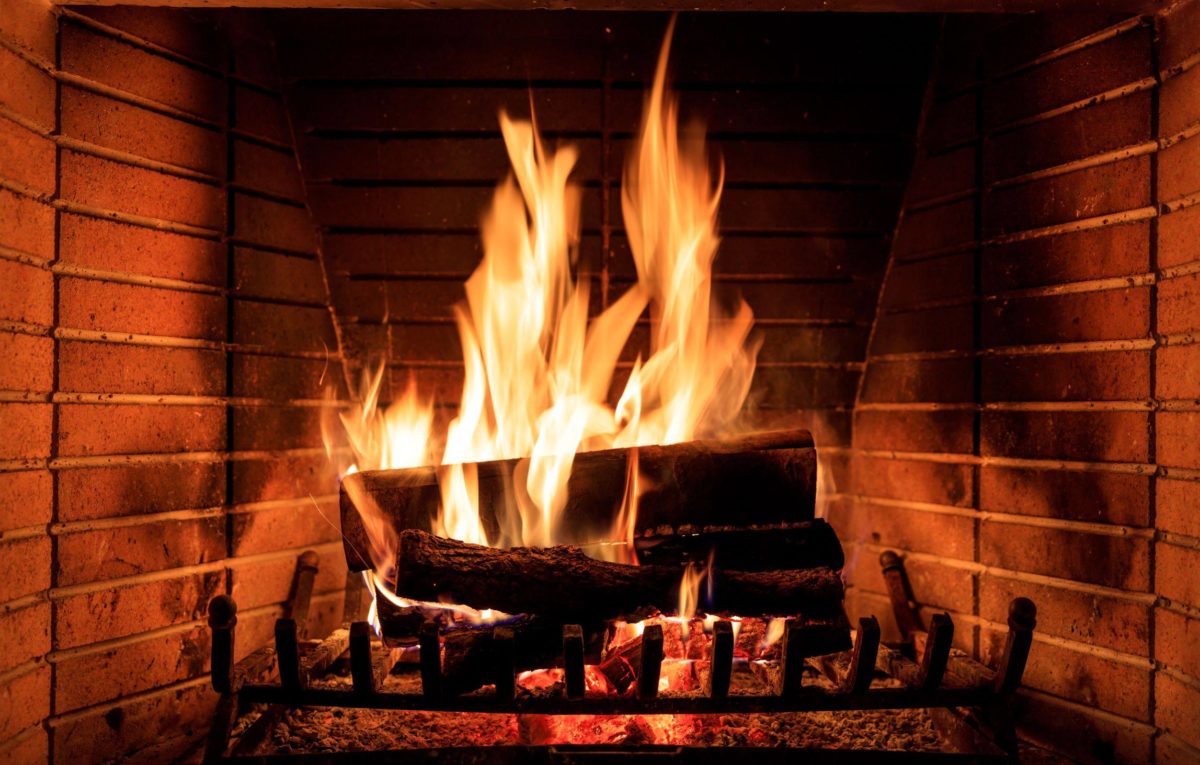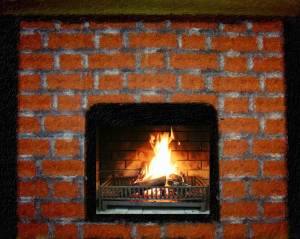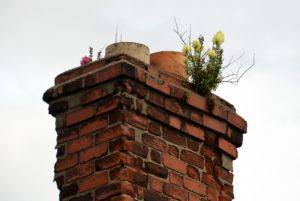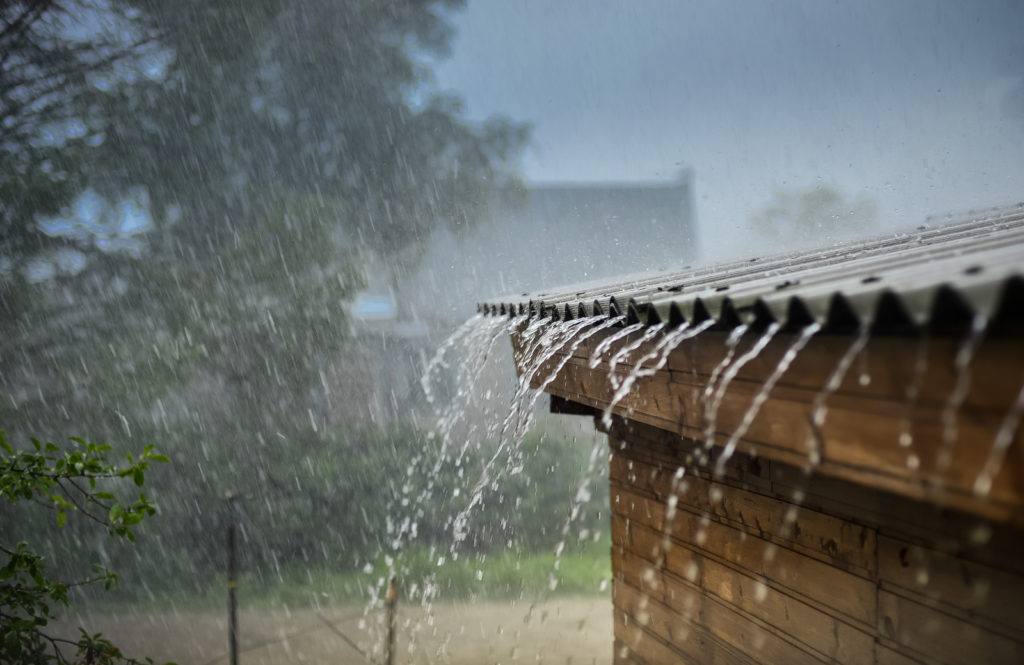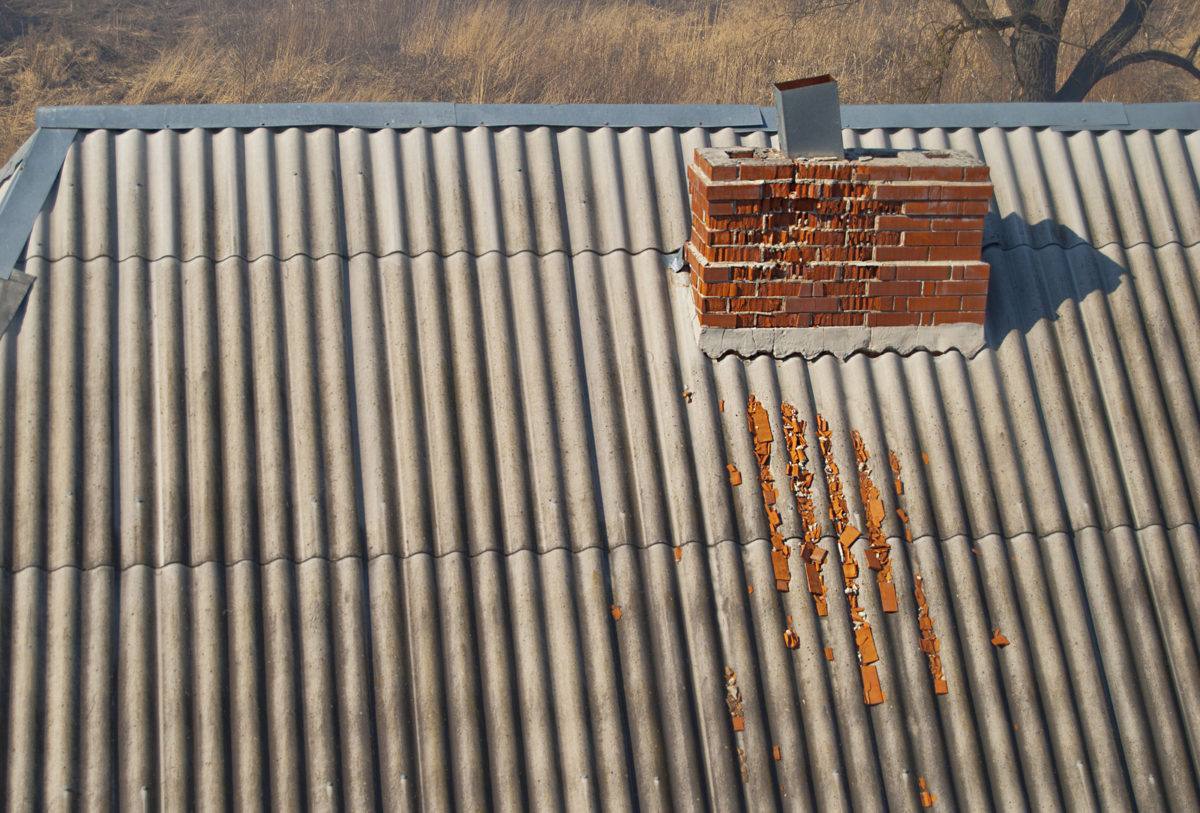A dirty chimney is the leading cause of chimney fires! In this article, we will discuss what leads to stage 3 creosote and how to deal with it.
Creosote is a toxic byproduct of burning wood. The black, tarry substance can build up in your chimney over time, and not only is it corrosive and damaging to the flue liner, but it also presents a serious fire hazard.
What is Creosote and How Does it Build Up?
Creosote is a substance that develops as the byproducts of burning wood adhere to the inside of your chimney. The byproducts, including smoke, water vapor, gasses, particles of burned wood and tar fog, rise up the chimney as you burn your firewood. When they reach the cooler parts of the chimney, they rapidly cool and condense on top of each other until they form a black sticky substance known as creosote.
Stage 1 Creosote
The early stages of creosote buildup usually indicate that your chimney has not been cleaned in some time. This type of creosote is dusty, flaky, and relatively easy to remove with a chimney sweep.
Stage 2 Creosote
Stage 2 creosote is harder and blacker than stage 1. It is more difficult to remove, but must be dealt with before it progresses to stage 3.
Stage 3 Creosote
Stage 3 creosote is the most severe stage. It is more concentrated, tarry, and far more likely to cause chimney fires. Creosote also restricts air movement within the chimney and blocks parts of the air column. Surprisingly, this stage can develop in a single burning season, and should only be removed by a licensed chimney sweep, using specialized equipment.
Why is Creosote Buildup So Dangerous?
The biggest danger of stage 3 creosote is that it can cause chimney fires. When the buildup ignites, it burns very hot and may spread to other areas if not quickly contained. In addition, stage III creosote will damage or destroy your flue liner as well as the masonry within the chimney system.
What Can You Do to Prevent Creosote Buildup?
The best way to prevent creosote buildup is to have your chimney cleaned on a regular basis. Depending on the size of your fireplace, you should have it swept at least once a year. A good rule of thumb is to schedule a cleaning after 75 fires, or one cord of wood. Also, make sure you are using seasoned wood in your fireplace—freshly-cut wood contains a lot more moisture and causes more creosote buildup.
If it has been a while since you last had your chimney cleaned, contact us today to set up an appointment with one of our CSIA-certified technicians!
Here’s What to Do if You Have Stage 3 Creosote
If you have stage III creosote, do not attempt to clean it yourself. Contact a licensed chimney sweep and schedule an appointment for professional cleaning. The Irish sweep will use specialized equipment to remove the creosote buildup and restore your chimney to a safe condition.
For more information on stage III creosote or any other type of fireplace or chimney service, give us a call at 510.521.4088!

